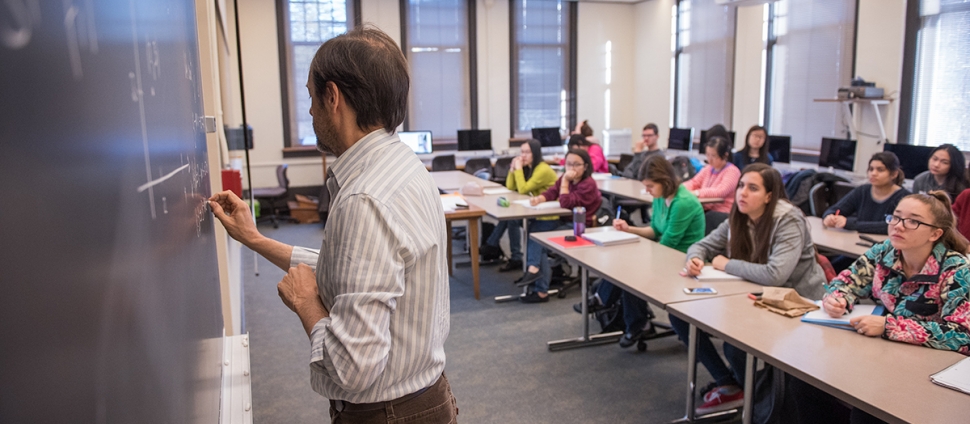Document Type
Article
Publication Date
6-2012
Publication Title
Journal of Algebraic Combinatorics
Abstract
Combinatorial spiders are a model for the invariant space of the tensor product of representations. The basic objects, webs, are certain directed planar graphs with boundary; algebraic operations on representations correspond to graph-theoretic operations on webs. Kuperberg developed spiders for rank 2 Lie algebras and ����2. Building on a result of Kuperberg’s, Khovanov-Kuperberg found a recursive algorithm giving a bijection between standard Young tableaux of shape 3 × n and irreducible webs for ����3whose boundary vertices are all sources. In this paper, we give a simple and explicit map from standard Young tableaux of shape 3 × n to irreducible webs for ����3 whose boundary vertices are all sources, and show that it is the same as Khovanov-Kuperberg’s map. Our construction generalizes to some webs with both sources and sinks on the boundary. Moreover, it allows us to extend the correspondence between webs and tableaux in two ways. First, we provide a short, geometric proof of Petersen-PylyavskyyRhoades’s recent result that rotation of webs corresponds to jeu-de-taquin promotion on 3 × n tableaux. Second, we define another natural operation on tableaux called a shuffle, and show that it corresponds to the join of two webs. Our main tool is an intermediary object between tableaux and webs that we call an m-diagram. The construction of m-diagrams, like many of our results, applies to shapes of tableaux other than 3 × n.
Keywords
Spider, Representations of Lie algebras, Young tableau, Jeu de taquin, Promotion
Volume
35
Issue
4
First Page
611
Last Page
632
DOI
dx.doi.org/10.1007/s10801-011-0317-1
ISSN
1572-9192
Version
Author's Accepted Manuscript
Recommended Citation
Tymoczko, Julianna, "A Simple Bijection Between Standard 3×n Tableaux and Irreducible Webs for ����3" (2012). Mathematics Sciences: Faculty Publications, Smith College, Northampton, MA.
https://scholarworks.smith.edu/mth_facpubs/12


